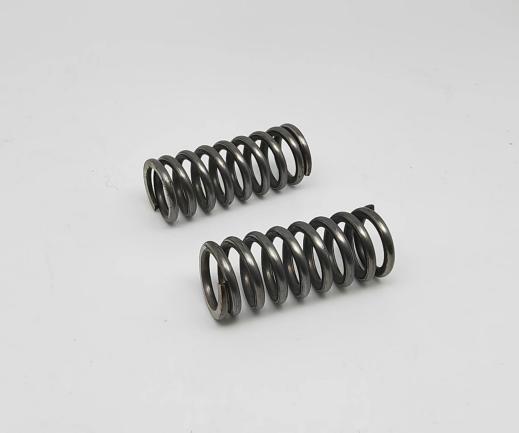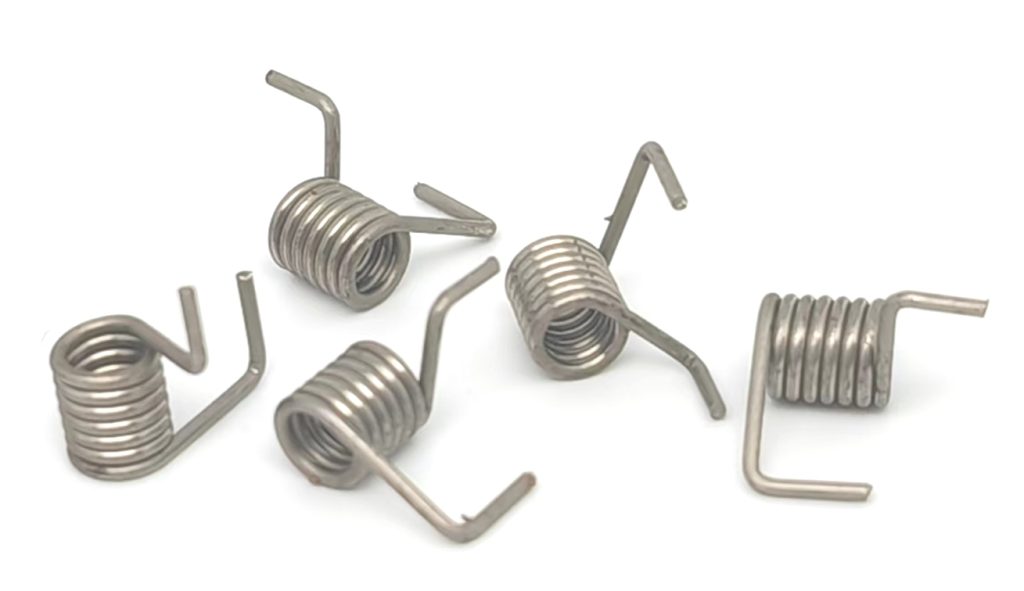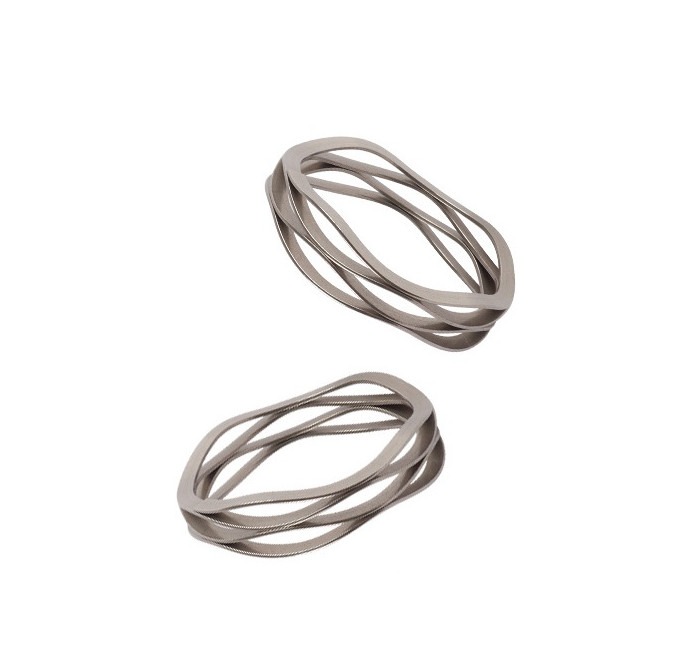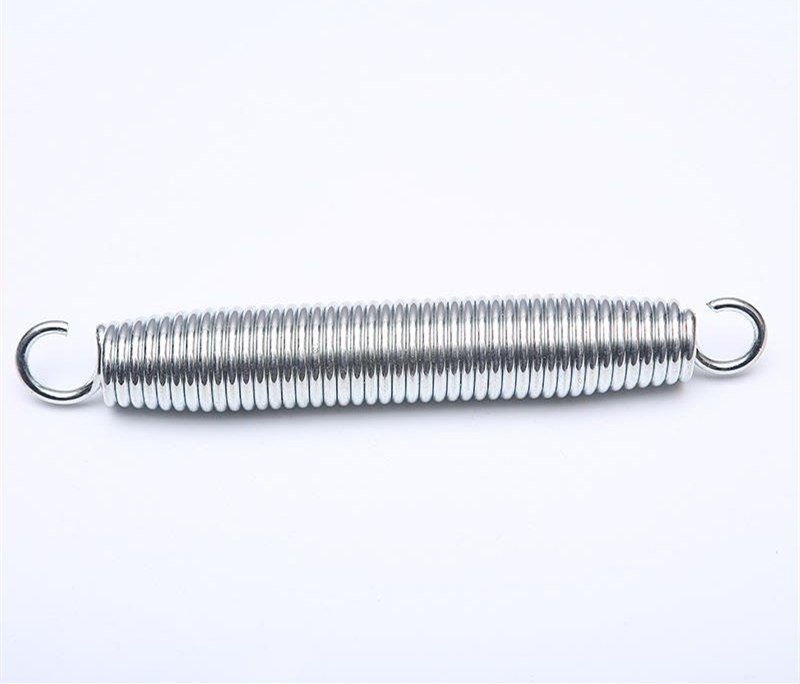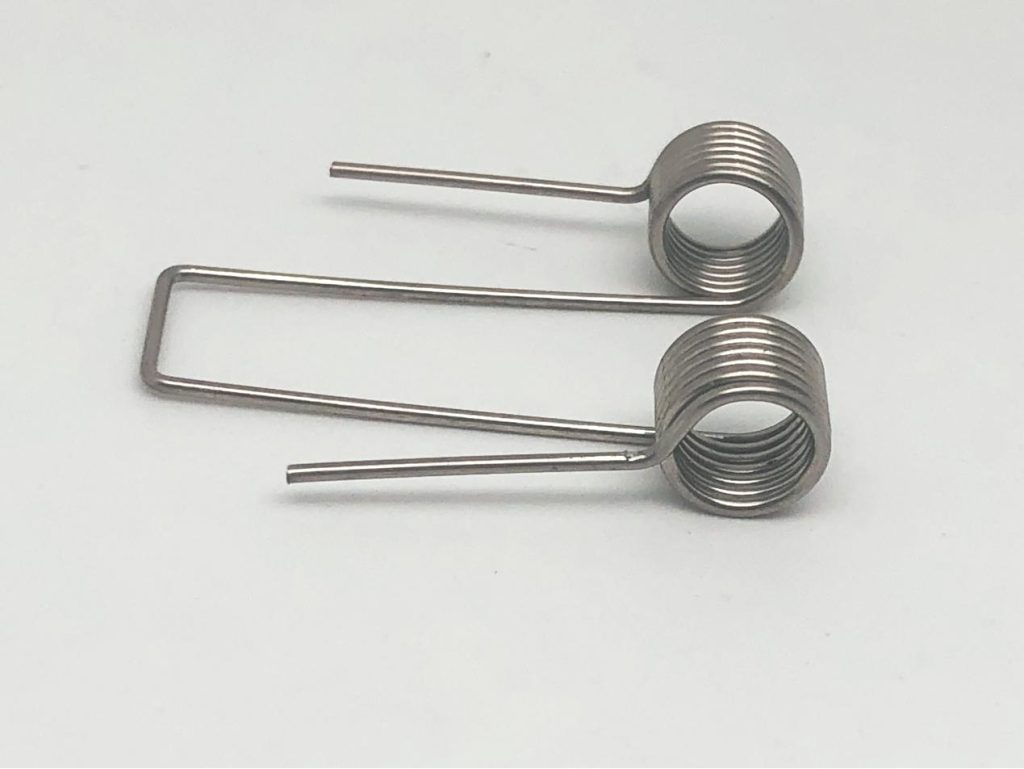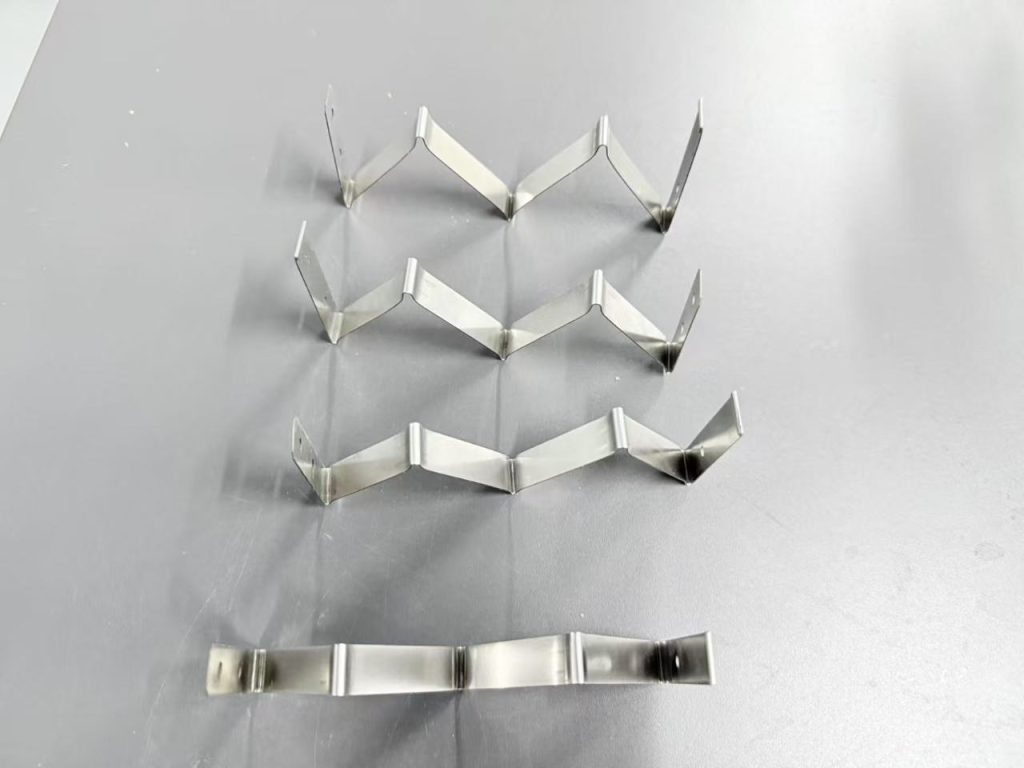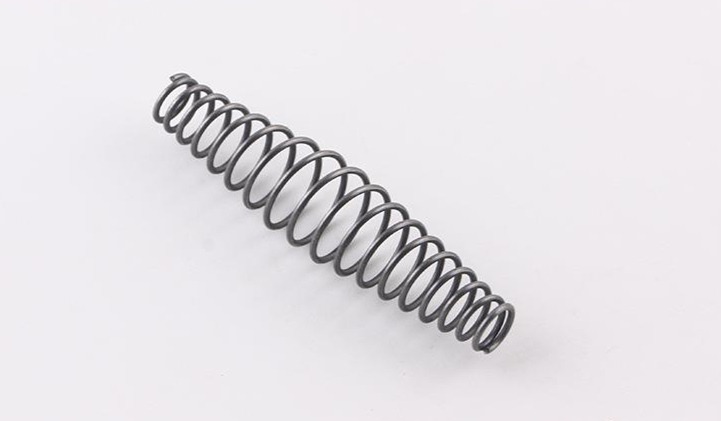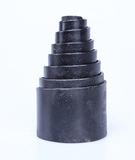Battery Contact Springs – Keeping Your Devices Powered Up
or many, batteries are a simple source of power – pop them into a device and it springs to life. But behind this seemingly effortless operation lies a crucial component: the battery contact spring. These tiny, unassuming springs play a vital role in ensuring a reliable electrical connection between the battery and the device it powers.
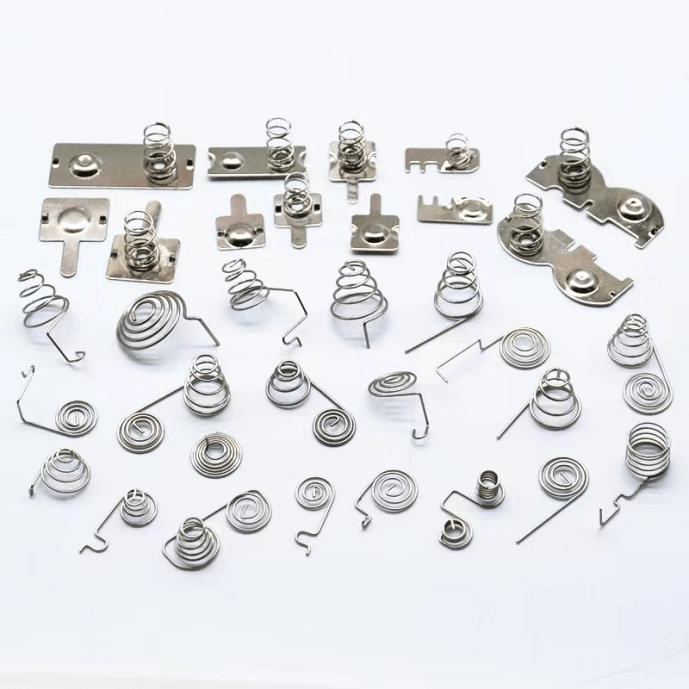
What are Battery Contact Springs?
Battery contact springs, also known as battery springs, are unassuming metal components that reside within electronic devices. They are typically made from a coiled or leaf-shaped piece of spring steel and play a vital role in establishing a secure electrical connection between the battery’s positive and negative terminals and the device’s circuit board.
When a battery is inserted into a device, the contact spring applies a slight pressure, pushing the battery terminals against the corresponding contacts on the circuit board. This pressure ensures a low electrical resistance connection, allowing current to flow freely from the battery to power the device. Without this secure connection, the device would either malfunction or not function at all.
Different Types of Battery Contact Springs
There are two main types of battery contact springs:
- Coil Springs: These are the most common type and resemble a small, tightly wound coil of wire. They are typically made from high-conductivity materials like beryllium copper or phosphor bronze and offer excellent spring tension for maintaining a secure connection.
- Leaf Springs: These springs are less common and take the form of a thin, flat piece of metal with a curved section that provides the spring action. They can be a good choice for applications where space is limited, but they may not offer the same level of contact pressure as coil springs.
In addition to these two main types, there are some less common designs like stamped contacts and pogo pins. However, coil and leaf springs remain the most widely used solutions due to their effectiveness and ease of manufacturing.
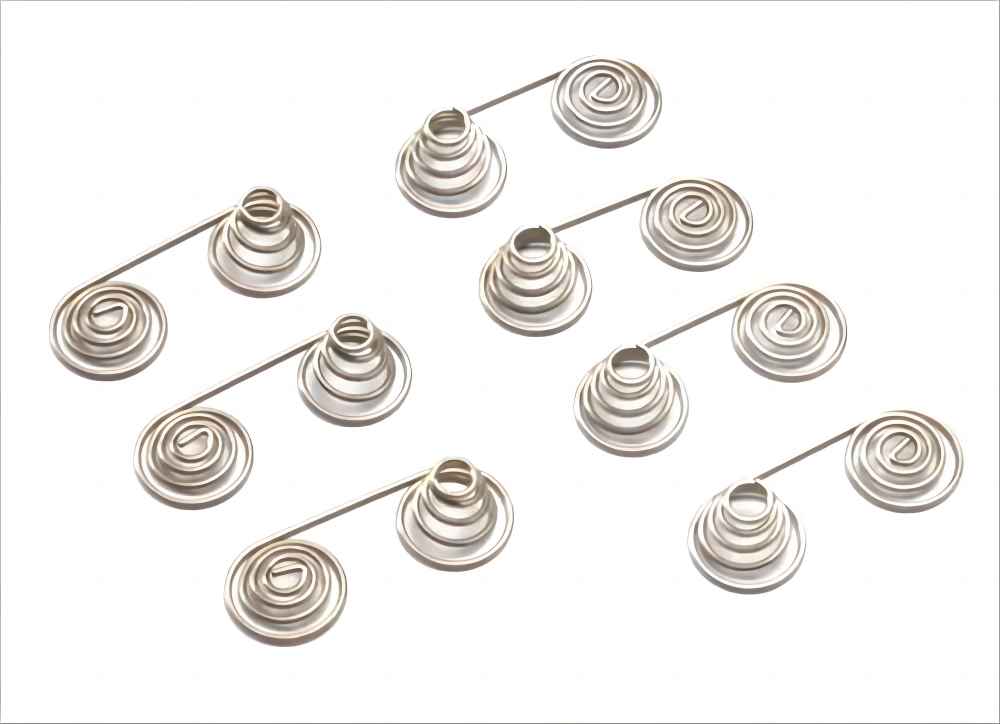
Materials Used in Battery Contact Springs
The material chosen for battery contact springs plays a crucial role in their performance and lifespan. Here’s what to consider:
- Conductivity: The primary function of the spring is to conduct electricity, so the material must have good electrical conductivity. Common choices include:
- Beryllium Copper: Offers excellent conductivity and spring properties but can be more expensive.
- Phosphor Bronze: Provides good conductivity and durability at a lower cost than beryllium copper.
- Nickel-plated steel: A budget-friendly option with decent conductivity but may not be as durable as other materials.
- Durability: The spring needs to maintain its shape and tension over repeated insertions and removals of the battery. Spring steel alloys are typically used for their inherent strength and resistance to fatigue.
- Corrosion Resistance: In some environments, corrosion can build up on the spring surface, hindering conductivity. Materials like nickel-plated steel or beryllium copper offer better corrosion resistance.
The specific material choice for a battery contact spring depends on factors like the type of battery being used, the expected current draw, and the cost constraints of the application.
Applications: Sizing Up for Different Batteries
Battery contact springs come in various sizes and designs to accommodate the specific dimensions of different battery types. Here, we will focus on two of the most common sizes: AA and AAA.
1. AA Battery Contact Springs
AA batteries are one of the most common battery sizes used in a wide range of electronic devices. Here’s what to consider for AA battery contact springs:
- Standard Design Considerations: AA battery contact springs are typically designed to accommodate the standard AA battery dimensions (diameter of 14.5 mm and length of 50.5 mm). However, slight manufacturing tolerances can exist between different AA battery brands.
- Addressing Tolerance Variations: Effective AA battery contact springs need to account for these minor variations. Coil springs often have a design that allows for some compression, ensuring a secure connection even with slight differences in battery size.
2. AAA Battery Contact Springs
AAA batteries are smaller than AA batteries (diameter of 10.5 mm and length of 44.5 mm), requiring adjustments in the contact spring design:
- Design Adaptations for Smaller Batteries: AAA battery contact springs need to be smaller in size to fit within the battery compartment. However, they still need to provide sufficient spring tension to maintain a good connection.
- Maintaining Proper Spring Tension: AAA battery contact springs may utilize a tighter coil or a different material to achieve the necessary spring force despite the smaller size.
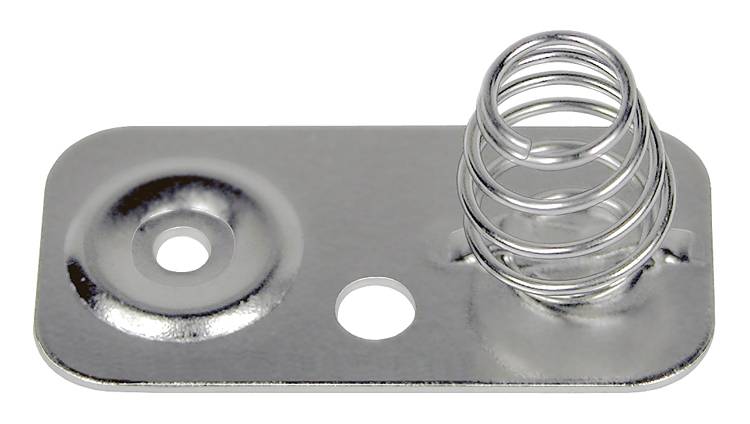
Beyond AA and AAA: Considerations for Other Batteries
The principles discussed for AA and AAA battery contact springs can be applied to other common battery sizes like C, D, and 9V batteries. However, there are some key considerations:
- C and D Batteries: These batteries are larger than AA and AAA, requiring larger contact springs with a wider diameter to accommodate their size. The spring design may also need to be adjusted to provide sufficient contact pressure for the larger battery terminals.
- 9V Batteries: Unlike cylindrical batteries, 9V batteries have a rectangular shape with a snap-on connector. The contact spring design for 9V batteries focuses on making secure contact with the metal terminals on the battery’s connector. This might involve a combination of spring contacts and conductive plates to ensure proper connection across both positive and negative terminals.
Common Battery Contact Spring Issues and Troubleshooting
While battery contact springs are generally reliable components, they can experience issues over time that can affect device functionality. Here are some common problems and potential solutions:
1. Loose Connection: Over time, the spring can lose some of its tension, leading to a loose connection between the battery and the device. This can manifest as intermittent power issues or the device not functioning at all.
Solution: In some cases, gently bending the spring slightly can increase its tension and improve contact. However, this is a temporary fix, and a replacement spring may be necessary if the issue persists.
2. Corrosion: Exposure to moisture or other contaminants can lead to corrosion on the spring surface. This corrosion can create a barrier, hindering the flow of electricity.
Solution: Cleaning the spring with a non-abrasive cleaning agent and a cotton swab can sometimes remove minor corrosion. However, heavily corroded springs should be replaced to ensure proper contact.
3. Physical Damage: The spring can become damaged due to dropping the device or excessive force applied during battery insertion/removal. Bent or deformed springs may not provide a secure connection.
Solution: In cases of physical damage, replacing the spring is the only solution.
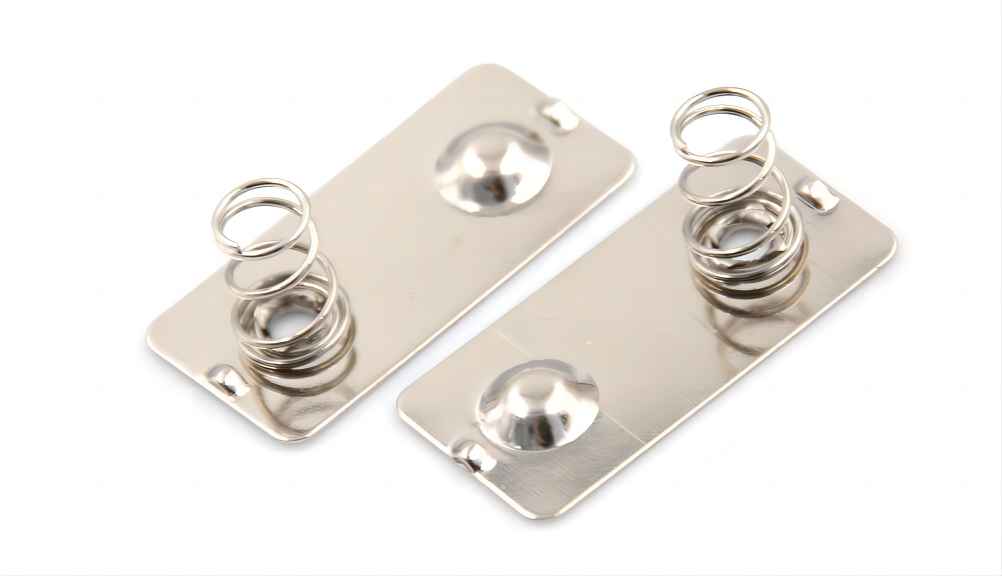
Conclusion
While often unseen and unappreciated, battery contact springs play a crucial role in ensuring our electronic devices function properly. These small yet essential components provide a reliable electrical connection between batteries and circuits, powering everything from simple toys to complex gadgets. By understanding their function, design considerations, and potential issues, we can appreciate the vital role these unsung heroes play in our everyday lives.

